You have no items in your cart. Want to get some nice things?
Go shopping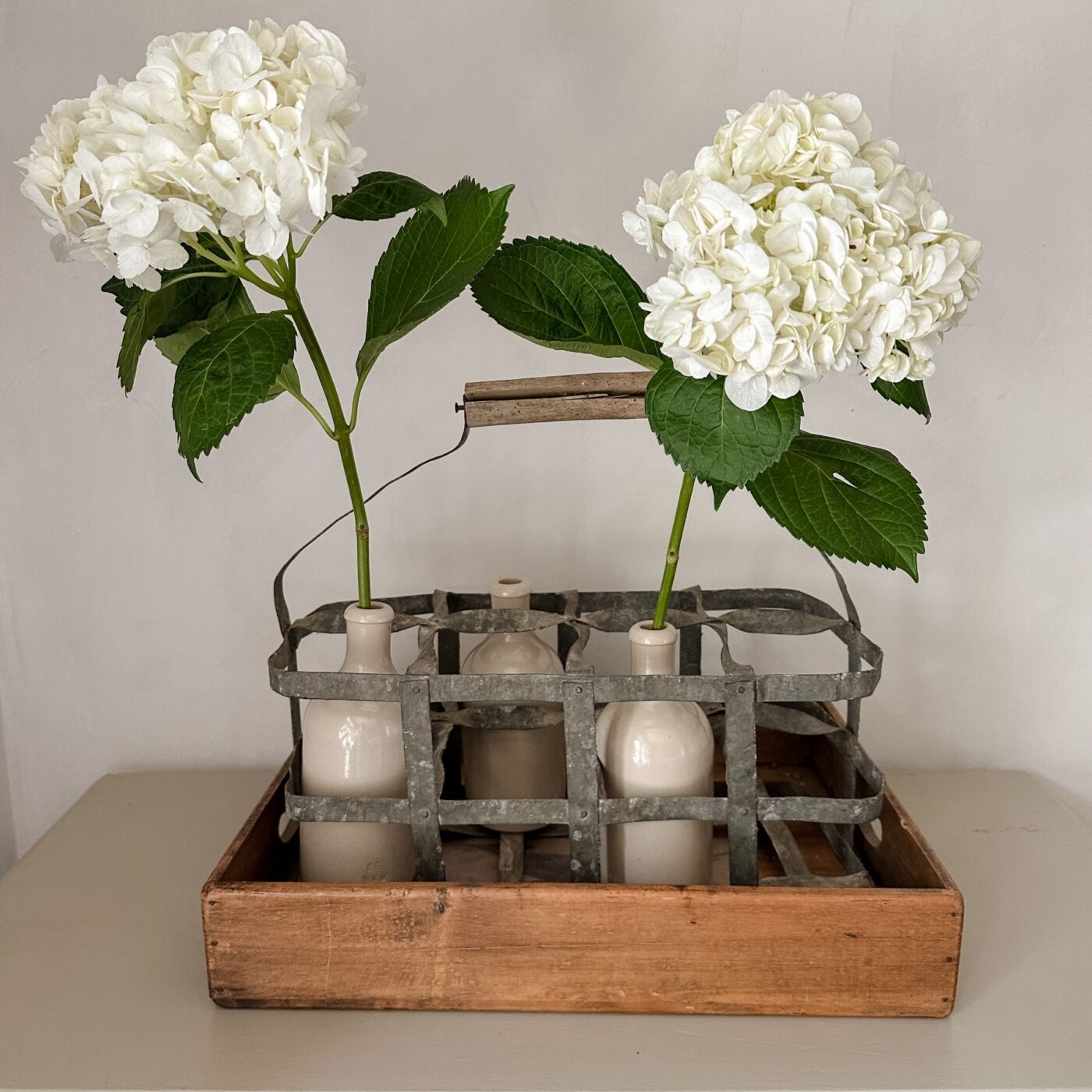
Cut flowers are one of the easiest ways to style your home with the seasons. A vase or a few carefully curated vintage vessels of fresh flowers lifts a space, adding interest and depth. When we bring flowers into our homes, we want to savour the joy they bring for the longest period possible. To get the most out of our fresh flowers, we need to know all the tips and tricks to care for them. From how to trim the stems to lesser-known hacks, we’ve rounded up a few must-know pointers for those who love to adorn their homes with flowers as much as we do.
Tips for caring for cut flowers to help them last longer
- Clean your vase or vessel thoroughly. We can all be guilty of giving a vase a quick rinse and then refilling it with new stems, but make sure to use soapy water to help get rid of any bacteria which could make your flowers wilt more quickly.
- Trim at least an inch off the ends of each stem. Trim your stems at a 45 degree angle as this increases surface area to maximise water absorption.
- Remove any leaves and foliage below water level to avoid them rotting.
- Use cool, fresh water and replace the water every two days. At this point, check the stems and trim again if needed.
- Add flower food to your vase.
- Place your flowers somewhere cool. Keep vases away from fruit bowls, direct sunlight and heat sources. Ripening fruit releases ethylene gas which speeds up the wilting process.
- Ensure flowers aren’t too tightly packed so fresh air can circulate.
- Remove any stems which have wilted quicker than others to avoid more stems starting to rot prematurely.
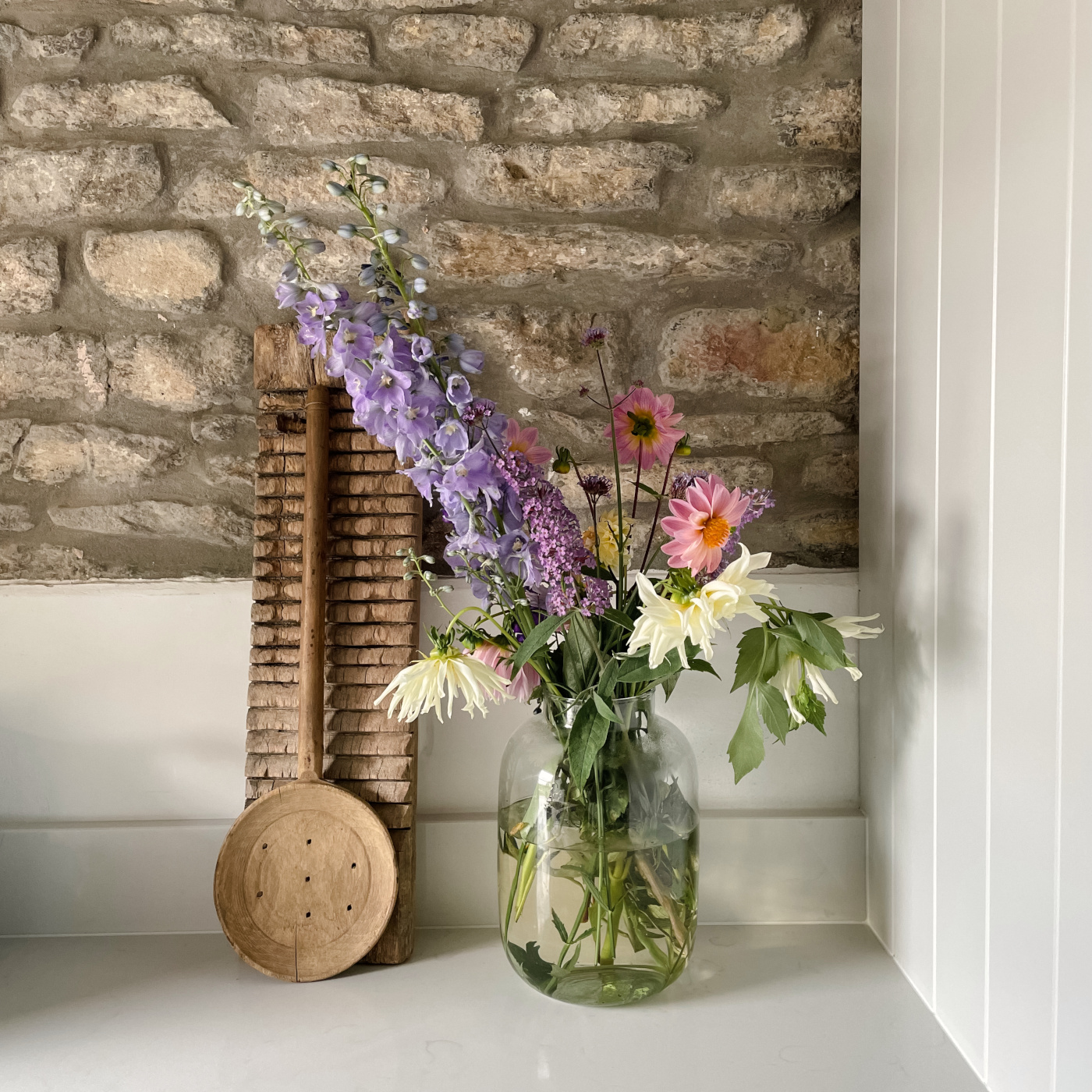
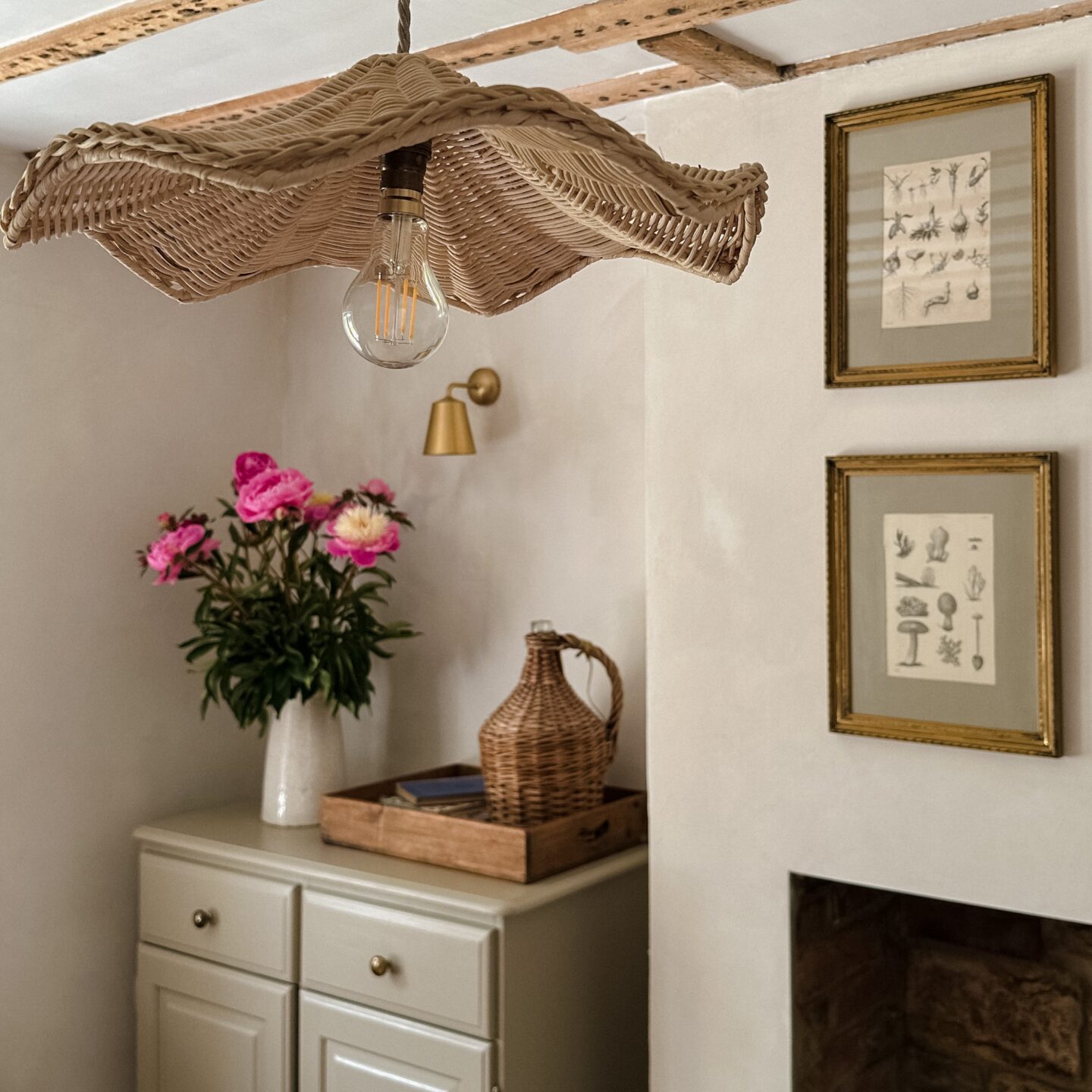
- Some say that dropping a penny or 2p coin into your vase will help prolong your flowers as copper is a fungicide and will help keep the water clean. In the US, newer coins reportedly don’t contain enough copper to be effective as a fungicide, however.
- Tulips are one of the most beautiful spring flowers, but they continue to grow when in water and bend towards the light. To avoid your tulips going droopy, some also swear by the penny trick, while others put a pin through the stem just under the flowerhead. Tulips have hollow stems and when in water, air bubbles can get trapped below the flowerhead, blocking water from reaching the top. The pin hole allows this air to escape and water to reach the flowerhead.
- If you’re planning to press your cut flowers, it’s best to press them when they are as fresh as possible and therefore as soon as you can after picking. Read our guide on how to press flowers for more tips on preserving your blooms.
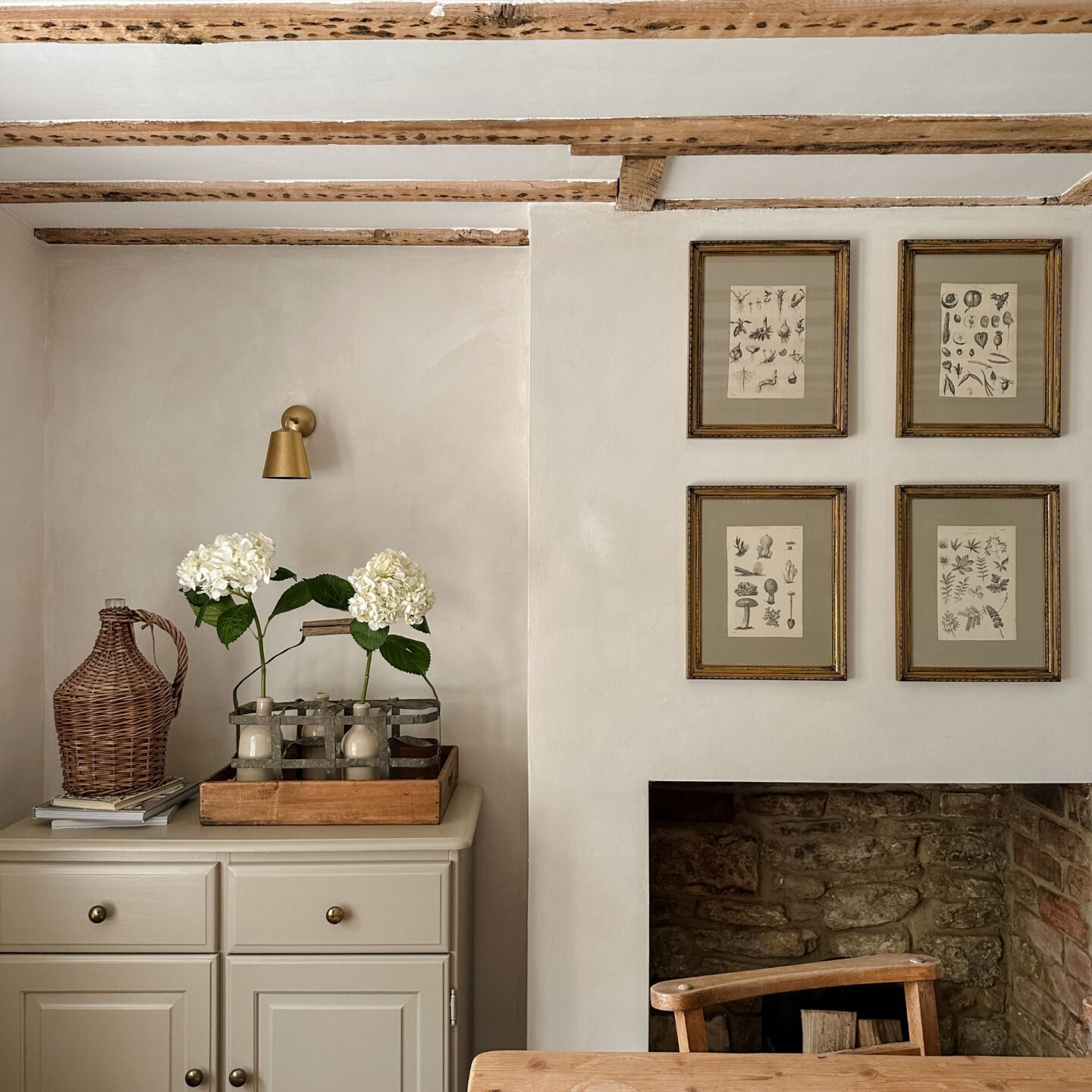
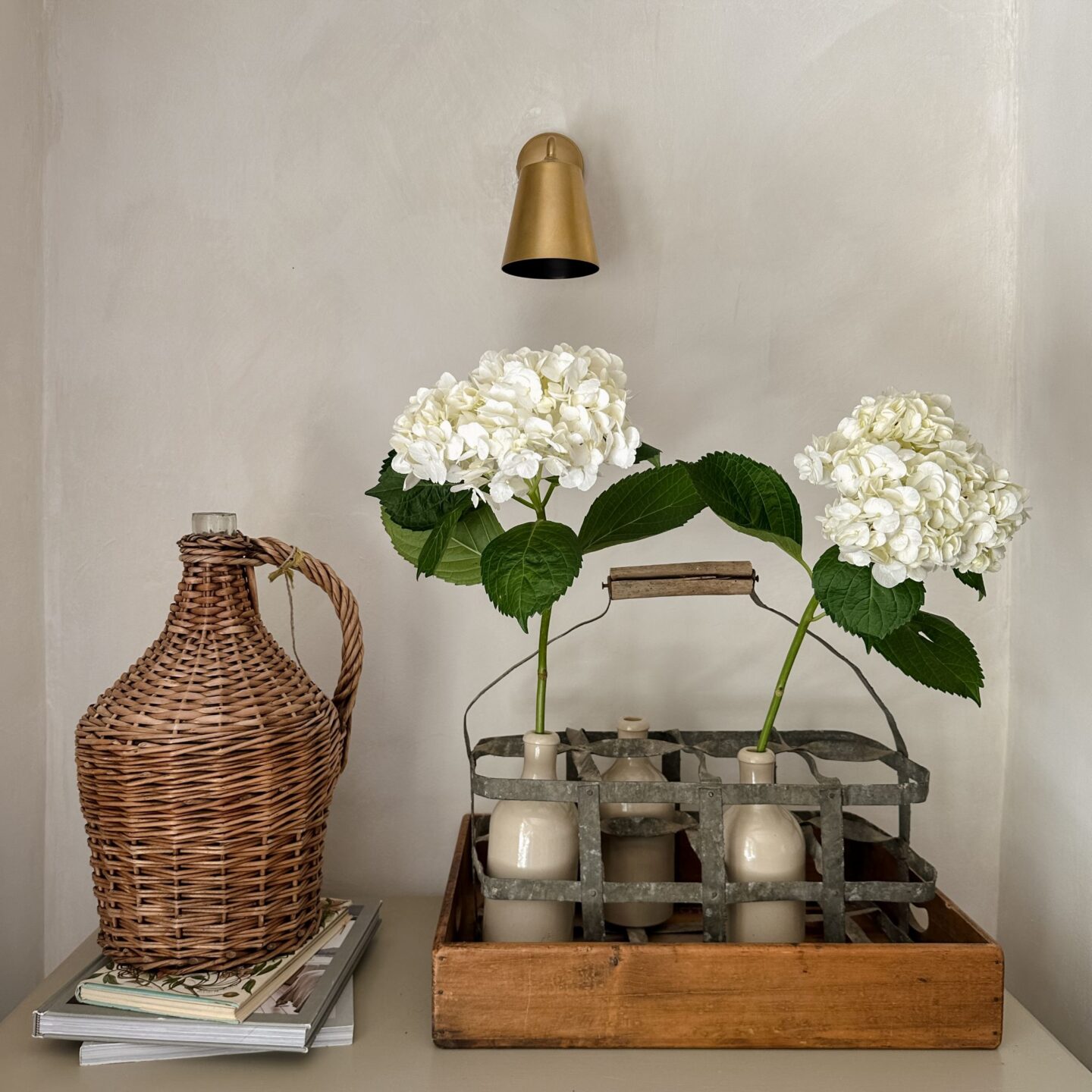
Extra tips for cutting your own flowers
If you’re gathering your blooms from your garden, it’s best to pick them in the morning. This is when the stems will be full of water. Throughout the day, flowers dehydrate, so picking at lunchtime means your flowers are likely to not recuperate well and may not last as long. Different types of flowers also need to be picked at different stages of flowering:
- Spike flowers (salvias, gladioli, snapdragons and so on) and cluster flowers (verbenas, alstroemeria and stocks, for example) have multiple flower buds on each stem. At least one bud should be starting to open and another showing colour before they are cut. If they are too tightly budded when picked, they will not open in your vase.
- Single stem flowers (those which grow on individual stems like dahlias, zinnias, sunflowers and gerbera daises) will not open if cut in bud. These flowers must be picked when fully open.
- For roses, choose flowerheads in late bud. This means the outer petals are open and the bud is not as tight as it was. If your roses flop in the vase, sear the ends of the stems with boiling water.
The slow flowers movement champions locally grown flowers and raises awareness of the environmental impact of buying out of season blooms which have travelled long distances to find their way to our shops and supermarkets. When choosing your next bouquet, look out for stickers which show the flowers were grown locally.
For more inspiration, head to our guide to seasonal living. You may also like our interview with Rachel Siegfried of Green and Gorgeous flower farm.
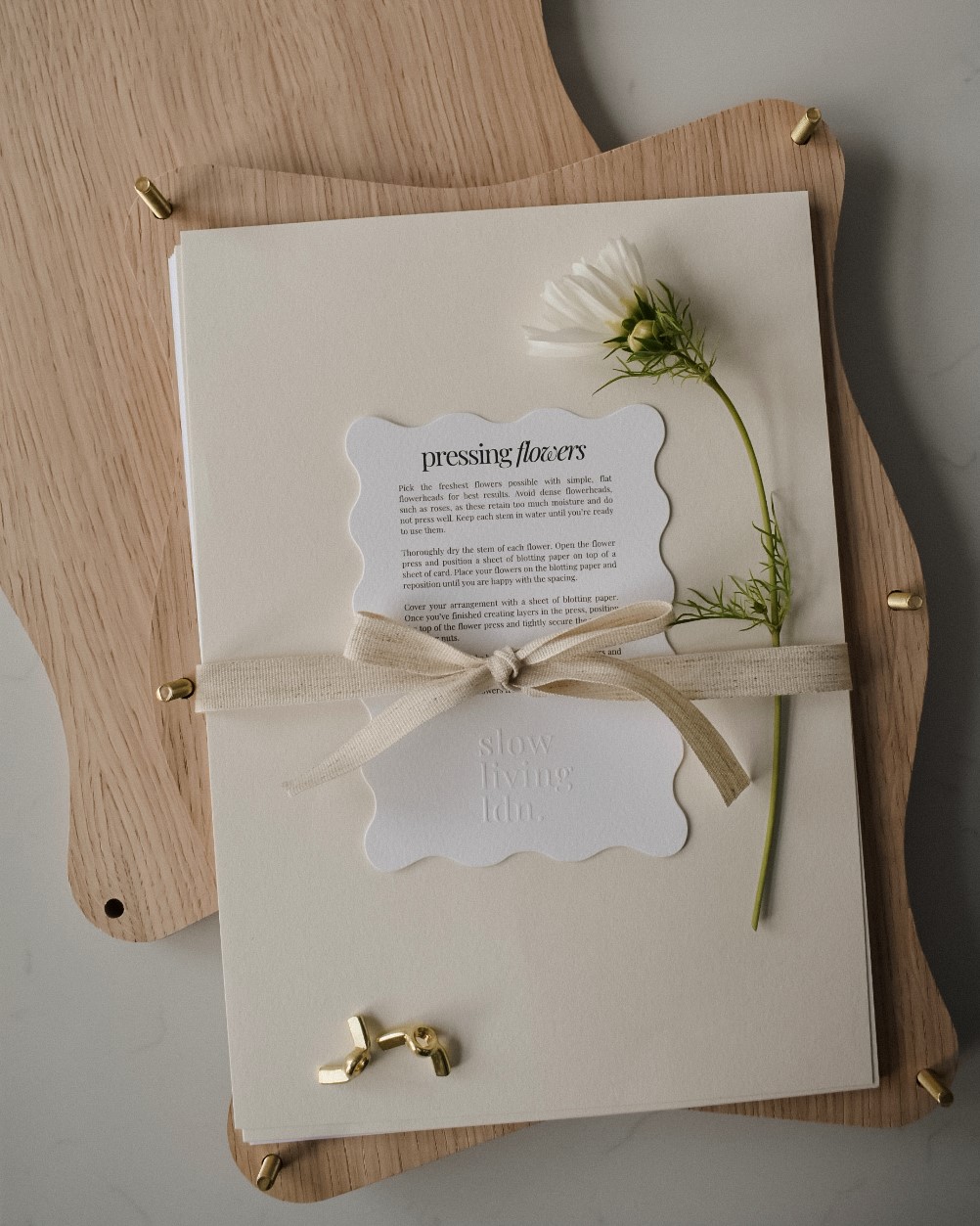
Large wooden flower press kit
Our oak-topped large wooden flower presses are made in England and feature our signature wavy edges and brass hardware.
